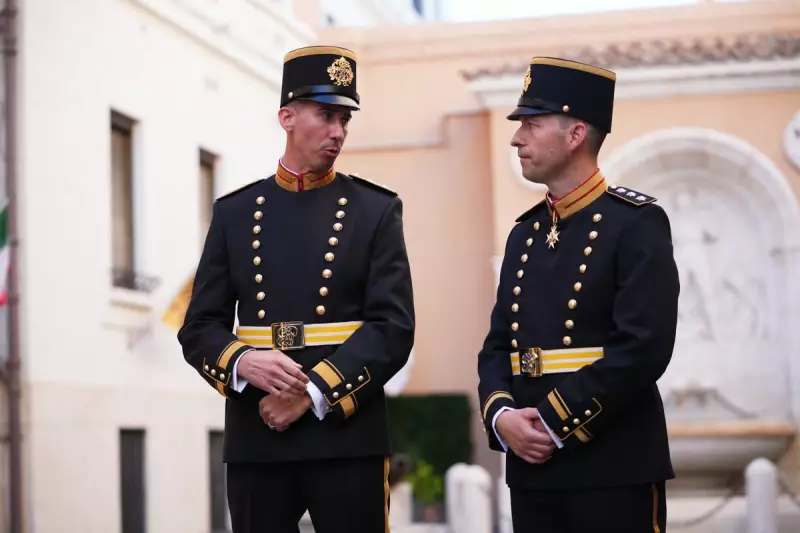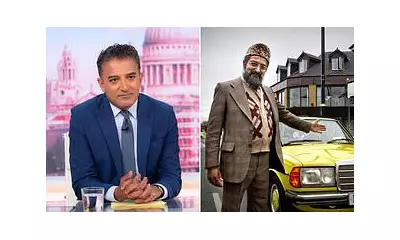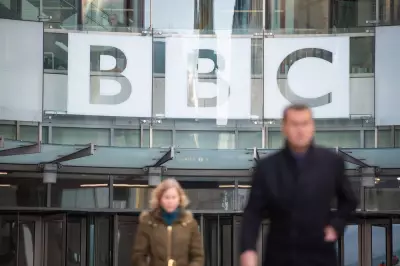
The Vatican has issued a stern condemnation after an image of Chinese communist leader Mao Zedong was prominently displayed alongside Renaissance masterpieces during a UNESCO conference held within Vatican City's walls.
In an extraordinary diplomatic protest, the Holy See described the presentation as "sacrilegious" and deeply offensive to Catholic tradition, demanding an immediate explanation from the United Nations cultural organisation.
A Clash of Ideologies in the Heart of Christendom
The controversial incident occurred during a conference organised by the UNESCO Chair of the University of Roma Tre, focused on the role of tradition in contemporary society. Vatican officials were horrified to see Mao's portrait featured alongside works by Renaissance giants Raphael and Michelangelo during presentations about cultural heritage.
Cardinal Gianfranco Ravasi, president of the Pontifical Council for Culture, expressed the Vatican's "surprise and regret" in an official letter to UNESCO's assistant director-general for culture. The cardinal emphasised that displaying the Chinese communist revolutionary leader in such context was particularly inappropriate given Mao's documented persecution of religious communities.
Historical Context and Diplomatic Tensions
The timing of this incident is especially sensitive given ongoing efforts to improve relations between the Holy See and Beijing. For decades, the two powers have maintained strained relations over the appointment of bishops in China.
Recent years had seen cautious progress in Vatican-China relations, making this cultural misstep particularly damaging to diplomatic efforts. The display of Mao - whose policies led to widespread religious persecution - within the world's smallest independent state and spiritual centre of Catholicism represents a significant breach of protocol and sensitivity.
UNESCO's Delicate Position
The United Nations Educational, Scientific and Cultural Organisation now faces the challenging task of navigating this diplomatic minefield. As an agency dedicated to building peace through international cooperation, the incident represents a serious embarrassment.
Vatican City, a UNESCO World Heritage Site since 1984, hosts some of the world's most important Renaissance artworks and architecture. The inclusion of Mao Zedong in discussions about cultural tradition within this context has been viewed as not just inappropriate but fundamentally contradictory to the values the site represents.
The Holy See has made clear that such incidents undermine the mutual respect necessary for international cultural cooperation and has called for measures to prevent similar occurrences in future.





